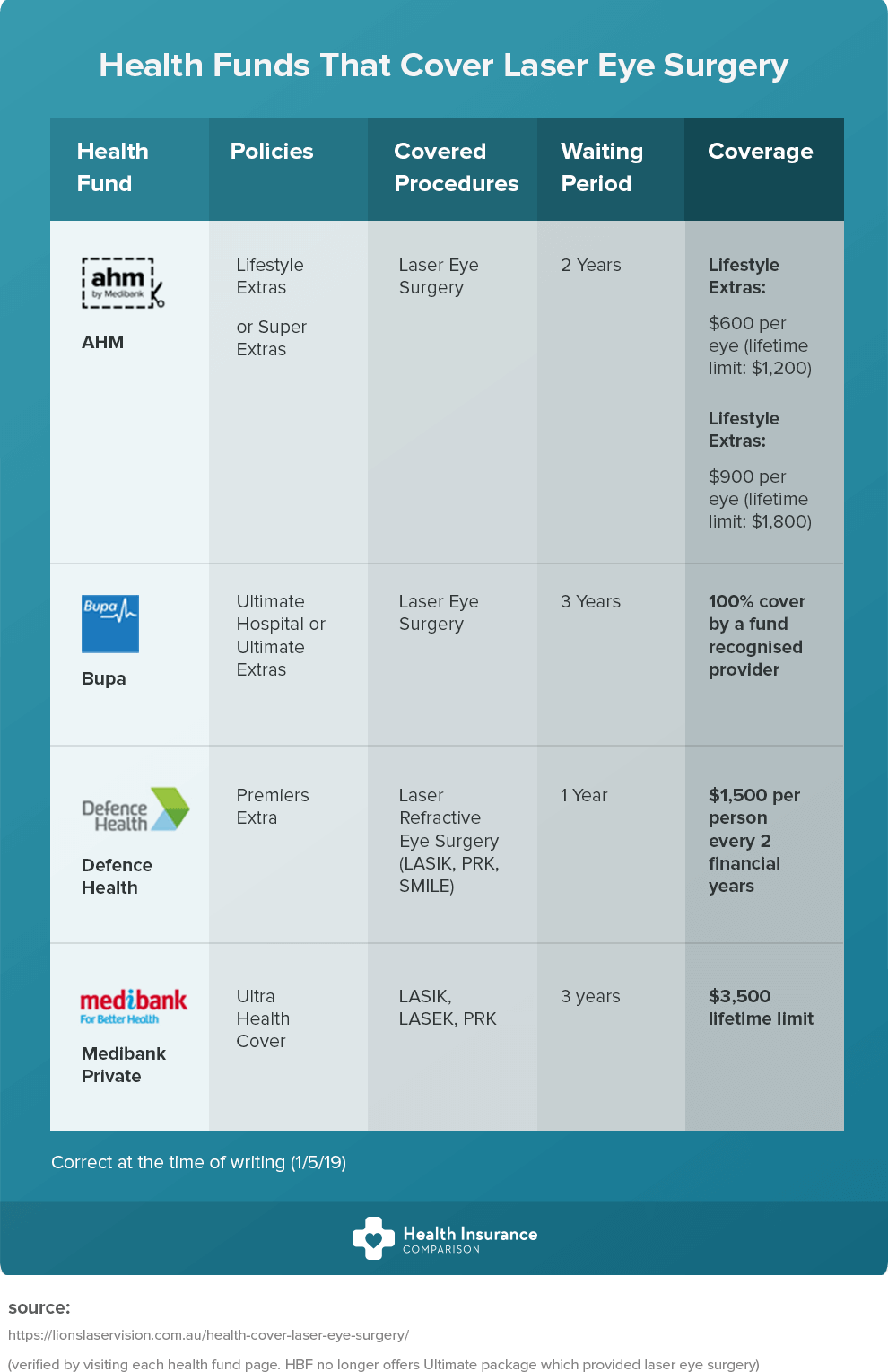The Advancement Of Advanced Cataract Surgical Treatment Techniques: A Thorough Summary
The Advancement Of Advanced Cataract Surgical Treatment Techniques: A Thorough Summary
Blog Article
Published By-Mcfadden Serrano
As you discover the development of advanced cataract surgery methods, you'll witness a journey noted by ingenuity and precision. From How Much Does Eyes Laser Surgery Cost that paved the way for modern developments to advanced modern technologies that are changing the area, the thorough overview of cataract surgical procedure strategies is a testament to human progression and commitment to improving individual end results. The complex interaction between historic approaches and futuristic advancements creates an intriguing narrative that clarifies the advancement of one of the most common procedures worldwide.
Historic Techniques and Developments
Check out exactly how early surgeons changed cataract treatment by utilizing innovative methods and devices. In the past, cataract surgery was a risky and excruciating procedure. Nevertheless, old Indian medical professionals were amongst the first to attempt surgical treatments for cataracts, using a technique called 'couching' where a sharp tool was made use of to push the cataract back into the eye. This approach, though crude by today's standards, prepared for future developments in cataract surgical procedure.
As time advanced, Arab medical professionals made considerable payments by creating specialized needles for cataract extraction. These needles were utilized to penetrate the cataract and afterwards extract it from the eye, noting a significant improvement in surgical accuracy.
Later, in the 18th century, the French specialist Jacques Daviel originated the strategy of extracapsular cataract removal, where the entire lens was removed undamaged with a bigger incision. This noted a significant development in cataract surgery methods, paving the way for the modern procedures we utilize today.
Modern Surgical Approaches
Early strategies in cataract surgical procedure have actually developed dramatically, bring about the advancement of modern surgical strategies that prioritize accuracy and improved client outcomes. Modern cataract surgical procedure currently typically entails a treatment called phacoemulsification, where an ultrasonic tool breaks up the cataract for elimination with a little cut. This technique permits quicker recovery and decreases the threat of difficulties compared to older approaches.
In addition, the use of advanced intraocular lenses (IOLs) has revolutionized cataract surgical treatment end results. These lenses can correct not only the cataract yet likewise other refractive mistakes like astigmatism, lowering the need for glasses post-surgery.
Surgeons today additionally have access to innovative imaging innovations that help in exact preoperative planning and intraoperative decision-making. Optical coherence tomography (OCT) and other imaging techniques provide thorough photos of the eye's structures, allowing for an extra individualized strategy to every individual's surgical procedure. With these improvements, modern-day cataract surgical procedure methods remain to enhance, offering people much safer treatments and far better visual results.
Arising Technologies in Cataract Surgical Procedure
With developments in technology changing the area, cataract surgical treatment is seeing the assimilation of ingenious methods for enhanced individual outcomes. click this over here now in cataract surgical procedure are improving the landscape of ocular procedures. One such innovation is femtosecond laser innovation, which enables accurate corneal lacerations, capsulotomies, and lens fragmentation, bring about boosted medical accuracy and outcomes.
In addition, intraoperative aberrometry is obtaining appeal, making it possible for real-time dimensions of refractive errors during surgical procedure to enhance intraocular lens power estimations and decrease postoperative refractive shocks.
Furthermore, the use of advanced imaging modern technologies like optical comprehensibility tomography (OCT) and intraoperative wavefront aberrometry help surgeons in exact surgical preparation and implementation. These devices provide detailed anatomical details and assistance personalize surgical strategies for every client's distinct eye features.
Moreover, advancements in artificial intelligence are being explored to aid in preoperative planning, intraoperative decision-making, and postoperative care, potentially enhancing medical results and individual complete satisfaction. Embracing these emerging modern technologies in cataract surgical treatment holds pledge for additional improving client outcomes and making sure the continued evolution of ophthalmic medical strategies.
Conclusion
As you trip via the background of cataract surgical treatment, you witness the transformation from old techniques to innovative innovations. Like a phoenix metro rising from the ashes, cataract surgery has progressed into a beacon of hope and advancement.
Just as a caterpillar emerges from its cocoon as a lovely butterfly, cataract surgical procedure has thrived right into a refined art kind, offering clients more clear vision and a brighter future.
The advancement continues, shining a light on endless possibilities.
